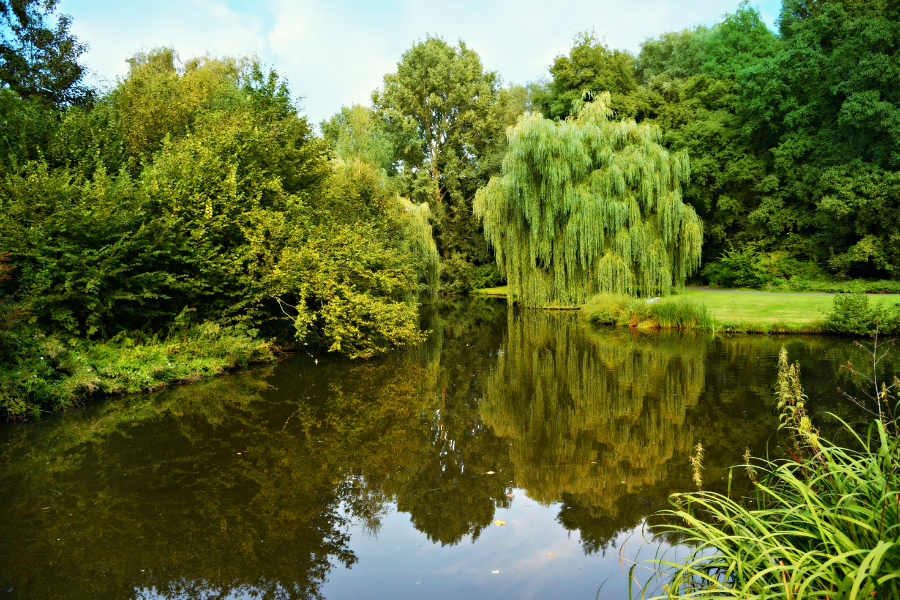By Sharlene Leurig, for Austin-American Statesman
After heavy rains last winter and early this summer, Texas is seeing a rapid return to hot, bone-dry conditions. While we watch our lawns brown and wait for the rains to return, the age-old question echoes again, “Does fast-growing Texas, which is adding 1,000 new residents every day, have enough water to weather future prolonged droughts?”
Without more efficient water practices and broader uptake of water reuse technologies, the answer could well be, ‘No.’’ And that could mean a ruinous situation of ‘haves and have-nots” when the next dry spell hits. As we saw during the 2011-2015 drought, while all of us are affected by drought, some are more vulnerable than others – especially our farms, our rural communities and our rivers and bays.
It doesn’t have to be this way. Texas has enormous opportunities to invest in realistic, long-lasting water solutions that will ensure ample water flows for all Texans, no matter their income or zip code. With innovative technologies and more robust water trading, we can grow all sectors of the economy while still having plenty of water for people and nature.
But it will require big changes in how we think about water and where it comes from. The state’s historic reliance on rivers, reservoirs and groundwater – resources that are increasingly strained due to growing water demands and hotter, drier conditions – is not a viable long-term solution in a state whose population is expected to double by 2050. We need to incentivize using all sources of water, including rainwater, wastewater and stormwater, to boost local water supplies.
We’re already seeing the benefits of proven technologies, such as rainwater harvesting, aquifer recharge and other types of water reuse. Consider: Toyota’s Plano headquarters is using rainwater harvesting tanks to collect up to 400,000 gallons of water for outdoor irrigation, thereby saving more than 11 million gallons of drinking water annually. Austin’s Central Library stores 350,000 gallons of harvested rainwater and air conditioning condensate to meet nearly 90 percent of its total water needs. Wimberley’s Independent School District is building the state’s first “One Water” school which will use 90 percent less groundwater than a typical school of its size by taking advantage of onsite resources like rainwater, air conditioning condensate and treated wastewater.
Aquifer recharge is an especially big opportunity in Texas. A recent University of Texas study found that the state’s depleted coastal aquifers could bolster the flood storage role played by our existing reservoirs, thereby mitigating flood damage and making use of stored water for future dry spells. San Antonio and El Paso have already demonstrated the efficacy of storing surplus water in underground aquifers for use during dry periods – a process known as managed aquifer recharge. (San Antonio’s reserve supply was especially helpful to the city during the 2011 drought.)
Our State Legislature is on the right track looking for ways to capture, store and reuse water. Recent legislative sessions have made significant gains connecting the dots between flooding and water supplies, with bills being passed to enable underground water storage and create the state’s first flood plan, including a fund for its implementation.
But these efforts are only a drop in the bucket of what is possible.
Austin’s 100-year “Water Forward Plan,” which I helped draft as chair of the city’s planning Task Force, estimates that nearly a third of the city’s future additional supplies can be sourced from buildings that capture and reuse their own water. Even with a population four times larger than today’s, the plan envisions the city meeting its future water needs without importing outside water supplies.
What will it take to realize these vast opportunities so urban and rural areas can continue to thrive even as our cities add millions more people?
One of the keys is to look beyond our tried-and-true water storage
repositories—reservoirs—for our future resilience. This is an imperative in large part because surface reservoirs lose so much water. Austin’s primary water source, the Highland Lakes, evaporates as much water every year as Austin’s million residents use.
Greater cooperation between urban and rural communities is another key step. Rural areas are a vast untapped resource for storing water
for flood protection and urban water supplies. Bur rural communities need cities to step up as real partners by investing in land conservation and paying rural landowners for the flood and water supply services their lands provide. By seizing this opportunity, we can help keep working ranches and farms stay in production, creating a true win-win for our future cities and our rural roots.
Here in Austin, this partnership with rural communities is a core ethic of our water supply planning. It is another reason why we are investing within our borders in smaller-scale projects for capturing, storing and reusing water. By looking within our growing city to find water that will meet our future needs, we hope to demonstrate to our rural neighbors that we recognize the need for water supply sourcing to start at home.
No doubt, the state’s water challenges are big. But we have the technologies, the resources and the market-based culture that is needed to grow our economy while leaving no Texans thirsty.
Sharlene Leurig is CEO of Texas Water Trade, a new nonprofit group based in Austin, and Chair of Austin’s Water Forward Implementation Task Force
The original version of this article was published in the Austin-American Statesman on September 16th, 2019.


